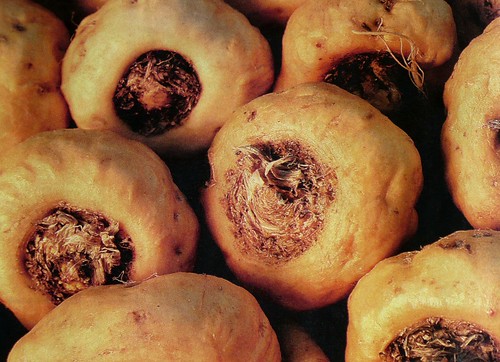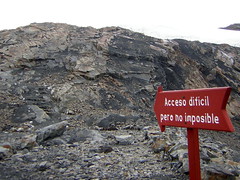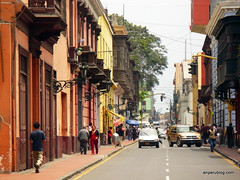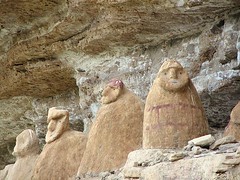Maca sunscreen?

Magical Maca
The past year has been a great year for Maca. We have discovered among its many properties that the Andean root has a fantastic ability to combat osteoporosis, now there is news that maca may become a key and natural ingredient in modern sunscreens.
Grown above 4 thousands metres of altitude, in a land of extremes – including a strong unrelenting sun – perhaps its little wonder that maca has a strong resistance to high levels of UV light.
Led by biologist Cynthia Gonzales, a team of investigators at the Universidad Peruana Cayetano Heredia, were determined to discover what allowed the maca plants to survive in this strong sun when little else could. It had to have some form of UV protection mechanism, and if it did, perhaps it could be used by us.
With the help of 20 lab rats, a group with commercial sun cream and the other with a maca cream, an experiment was devised under UV lights that indeed proved maca provided exceptional levels of UV protection.
The results showed that the cheap maca cream seemed to equal the commercial cream at the very least.
Further study of the skin showed that the maca also blocked the dangerous UVB rays, and even UVC rays, a type of UV light that doesn’t even make it to the surface of the earth. (Space rats are go)
The SPF of the maca extract has not yet been calculated, but of course can be influenced by using different concentrations. Roughly though, the team knows that the standard SPF is somewhere between 30 and 60, high enough for almost anyone.
The university will begin preparing a commercial product soon with the aim to launch it in time for next summer. But there is also very strong interest from a certain French cosmetic company and producer of sun cream.
“Many people ask me what is the benefit of choosing a maca-based sunscreen”, says Cynthia Gonzales. “Well in first place because its is a natural product. It doesn’t have any chemicals or secondary affects from them”.
Peru has already exported 450 tonnes of maca in 2008, and 2009 looks like a very good year for the poor Andean farmers who grow it.










